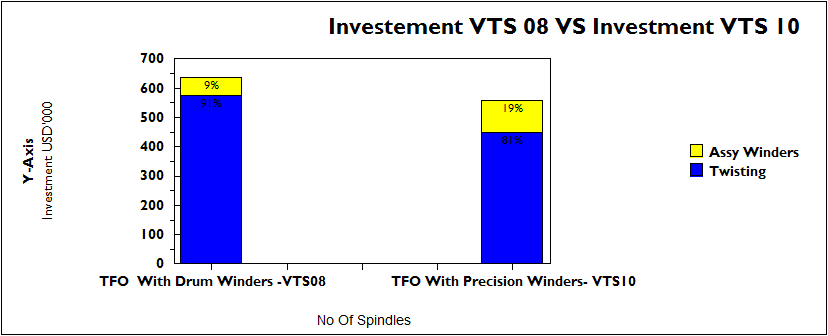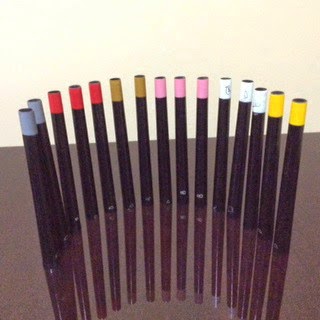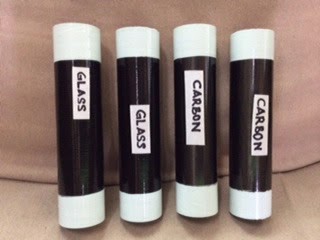Finally, I crack this code, which separates luck from designed success. While to be successful in life, one needs to have loads of luck , but one thing, which is guaranteed to give success is the subject line.
It is a pity that no biz school has ever taught its subject that success is clearly a product of Intelligent fearless continuous investments. It is only those who see the opportunities and are ready to take the risk fearlessly and invest their heart , body , soul and wealth into it will succeed sooner or later.
Not all investments give optimum yields, but that is why, I added the word , Intelligent. The intelligence of a person will validate an opportunity and make him invest and await his returns.
Within the corporate world, there are hundreds of cases, which have shown growth with continuous investments and on the other side, there are so many companies, who take up follower ship rolls and only give average returns to its shareholders.
Investment needs courage and ability to lose money and even face a total loss, but sooner or later, such a person will succeed. However, those who wait for others to take the risk and look at others for inspiration usually end up either in mediocrity or totally wiped out. Look at, what happened to Nokia, Kodak, Sony etc etc. These were very large profitable, but complacent non innovative and risk averse organizations.
Now investment has to be continuous, which is to say, each day and , whether in small packets or big scale. But it is sometimes, the investment of your money as a resource, and the other time, it is time or efforts into the project. But they key investment is always the wealth, without which nothing matters. Investing on hope, efforts and wishful thinking is like super imagination. But putting your money into it is the real test of an investor.
Routine jobs are for routine people and need standard operating procedures. These are not the skills of Top managers, however, so many of them are only involved in managing daily chores of routine events. This is seen all the more in the Textile Industry.
Top management is about exploring new opportunities, new technologies, new ventures, new systems, new products, new projects and everything which has risk associated with it and is unforeseen and unknown. Then putting sense into all of it and maneuvering intelligently all the asymmetries and taking it new heights. This is called fearless Investor .
What is the big deal, if you are managing the assets of a running company or adding some more machines or incrementally improving on the biz. We already see, now a young man of 30 something already makes millions of dollars using his intelligence and can be from any part of the world. But these people are clear innovators and clear risk takers and fearless investors. They take a plunge and have only one desire :
" Give Me Wings : Let Me Fly"
It is a pity that no biz school has ever taught its subject that success is clearly a product of Intelligent fearless continuous investments. It is only those who see the opportunities and are ready to take the risk fearlessly and invest their heart , body , soul and wealth into it will succeed sooner or later.
Not all investments give optimum yields, but that is why, I added the word , Intelligent. The intelligence of a person will validate an opportunity and make him invest and await his returns.
Within the corporate world, there are hundreds of cases, which have shown growth with continuous investments and on the other side, there are so many companies, who take up follower ship rolls and only give average returns to its shareholders.
Investment needs courage and ability to lose money and even face a total loss, but sooner or later, such a person will succeed. However, those who wait for others to take the risk and look at others for inspiration usually end up either in mediocrity or totally wiped out. Look at, what happened to Nokia, Kodak, Sony etc etc. These were very large profitable, but complacent non innovative and risk averse organizations.
Now investment has to be continuous, which is to say, each day and , whether in small packets or big scale. But it is sometimes, the investment of your money as a resource, and the other time, it is time or efforts into the project. But they key investment is always the wealth, without which nothing matters. Investing on hope, efforts and wishful thinking is like super imagination. But putting your money into it is the real test of an investor.
Routine jobs are for routine people and need standard operating procedures. These are not the skills of Top managers, however, so many of them are only involved in managing daily chores of routine events. This is seen all the more in the Textile Industry.
Top management is about exploring new opportunities, new technologies, new ventures, new systems, new products, new projects and everything which has risk associated with it and is unforeseen and unknown. Then putting sense into all of it and maneuvering intelligently all the asymmetries and taking it new heights. This is called fearless Investor .
What is the big deal, if you are managing the assets of a running company or adding some more machines or incrementally improving on the biz. We already see, now a young man of 30 something already makes millions of dollars using his intelligence and can be from any part of the world. But these people are clear innovators and clear risk takers and fearless investors. They take a plunge and have only one desire :
" Give Me Wings : Let Me Fly"


















